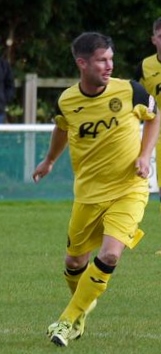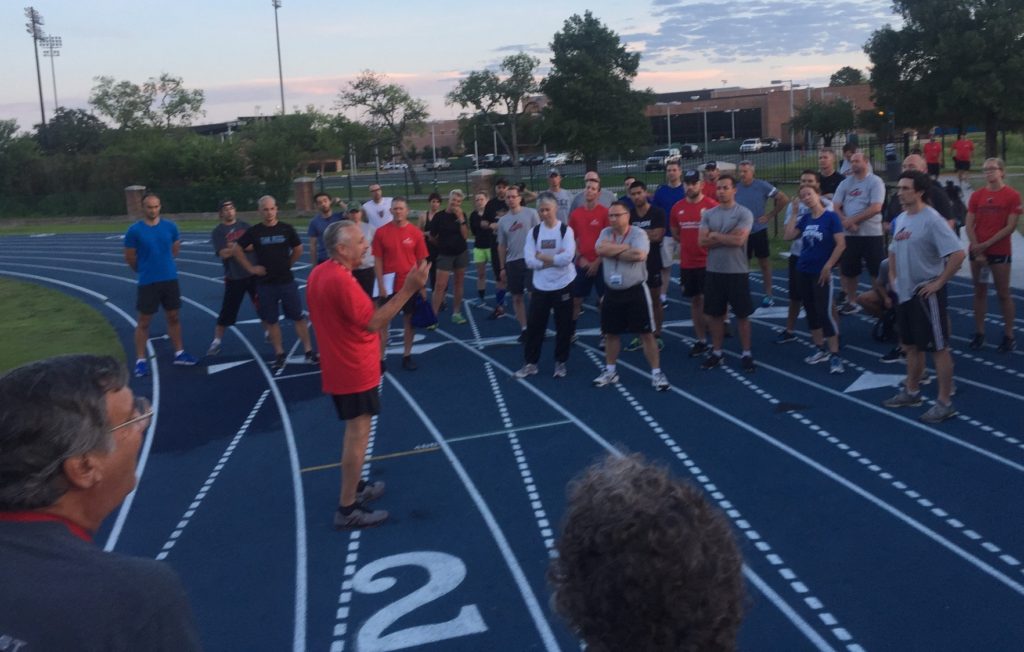Main Menu
Latest Blog Entry
User login
The importance of a network: exchanging information and ideas
I don’t know the answer to every question an athlete has but I know a man (or woman) who does.
I have had reason to call on my network of coaches, medical professionals, p.e. teachers and athletic trainers over the last fortnight (that’s two weeks you American readers). Athletes, or their parents, have asked me some questions that stumped me (that’s a cricket term) for an initial response. I reached out and got an expert or at least better informed, response that allowed me to help the athlete.
I may only live and coach in a village in the Devon countryside but my network stretches around the world. I am a member of GAIN (Gambetta Athletic Improvement Network) and whilst Vern Gambetta is the instigator and visionary who has introduced us all, the members (N) are what makes it an invaluable resource.
- Network (n): an interconnected group of people.
- Network (v): to interact with others to exchange information and develop contacts.
The latter has a negative connotation with visions of exchanging business cards and looking to grasp opportunities. The key phrase is ‘exchange information.’
Here are the three exchanges with my GAIN colleagues:
- Ed Ryan (USA) on concussion.
- Angela Respecki (Philippines) on menstruation and female athletes (yes, it is a thing and it affects 50% of our athletic population).
- Joe Prytzula (USA) on baseball injuries and early specialisation.
Ed Ryan (by email).
Below and attached I have provided some resources for you to help make the decisions based on evidence and best practices.
For a 15 yo adolescent, I advise caution. Return to play must be determined by a complete resolution of physical, emotional, and neurocognitive & neuropsychological symptoms and a normal assessment. The adolescent brain is maturing; not complete until the mid-20s.
Retirement should be considered when recovery is prolonged, symptoms and signs increase in severity, and reduction in force causing a concussion.
For a related story, I recall a national level Judoka who was in his early 20s. He sustained a couple (2-3) of concussions over his career. One evening, when going to bed in his dorm room, he sat a little too close to the head of the bed and when he reclined onto his back to go to sleep, he hit his head on the headboard. That resulted in ending his career. He never recovered sufficiently to return to contact sports, and it was over two years before his personality stabilized. He tried to coach Judo, however, the stress of being in the dojo and not being able to demonstrate was too much of a challenge.
I understand this is an isolated case, however, when this occurred the science of concussion was in its infancy. No one understood why a slight force of hitting his head in that manner had career-ending consequences. Only when the science was evident, did his case make sense.
Stay well, my friend.
Angela Respecki (On Zoom)
Talking about the latest research on female athletes that, since 2019, have actually used females as research subjects rather than extrapolating from male results or ignoring half the population altogether. Angela pointed me in the direction of Sofia Nimbus and Dr Stacey Sims. She also sent me this article that gives a good summary on the subject.
Joe Prytzula (by email, in response to a question by Vern about modern baseball training).
‘I have not been the head AT now for 10 years. In that time all of the coaches I worked with at that time have long since retired. We cooperated and collaborated with each other. We kept kids healthy- & we won. An urban public school in northern NJ USA who had the USA Today #1 top 20 team in the country. Most of the coaches today are opposed to the way we did things, and they let me know that.
They tell me times have changed. That some positions in sports (example linebacker in American Football, pitching and hitting in baseball) have evolved so much that kids HAVE to specialize earlier. In baseball for instance, our new varsity coach does not permit players- at any level- to play any sport but baseball. And it is year round. The affluent areas of NJ have extensive indoor facilities to play all winter- and they do. Yes that has created equity issues- baseball at least in NJ is now a “white” sport, but that’s another story.
This early specialization has created not coaches, but technicians who specialize in certain areas of the sport- in baseball hitting and pitching. With that comes electronic bats with exit velocity instruments, radar guns and 3D movement analysis. I’m talking about the under 12 level. At this level at least, sport is becoming industrialized very rapidly, with really no emphasis on improving coaching pedagogy. And if you don’t do that, how do you know what to do with all that data you’re getting- or what it even means?
With the industrialization has come the irrelevance of scholastic baseball. “Showcases” & commercial travel teams & leagues have superseded. The athlete is not only a widget, but is expected to have mastered the technical & tactical end of the sport by the time they get to 15 years old. Elbow pain? That’s the parents problem go to the back of the line not my problem- next. Can’t find the strike zone? Who cares- you are throwing 100mph & too bad for the batter who got hit with that pitch they should have armored up better & you’ll be recruited anyway.
As far as the training programs themselves, again I have no idea what they look like. I know we used to make sure we were powerful overhead- at the “bookends” with the hands way up over the head and behind the ears or with the hands way out in front of the body. Edges of the envelope where “muscle” can’t help you much. Tendon, ligs, fascia, joint capsules, even neurovascular bundles need to be tough as nails. Forget about performance enhancement- bulletproof them. To me, when a pitcher’s velocity is decreasing they are subconsciously self-organizing, protecting against fatigue or pain. If you can keep your athletes off the bench and feeling good they are going to keep learning and getting better. I want my bb players lean with a ripped back and hips as powerful and mobile as a hurdler.
Program design- I always felt I could be better at it. In my retirement, I’d like to spend more time hanging around you guys learning more. But I would break everything down into 3 or 4-week modules that were based on what I was seeing, where we needed to be, where we were in the school year; the game schedule, the weather, and what facilities we had access to. Even in the offseason, we never did more than 3 days per week.
They were always in circuits (I am so biased towards circuits it isn’t even funny but I can’t think of a better way at my level with the time constraints I have). 50 minutes MAX, but most times shorter. LOTS of variabilities built-in, and because of that I always found traditional assessment difficult. More interested in how they moved. But what I remember was what they looked like when they were done. Sweating, tired but looked like they had fun. They still talk about how much they enjoyed them.’
Wow (Joe has helped me a lot with understanding throwing mechanics and how the ‘core’ is dynamic.
How to Network
The breadth of knowledge and experience is huge. I haven’t mentioned the various WhatsApp groups that allow more exchange of knowledge and my regular Zoom calls with the GAIN PE and GAIN Europe groups.
Nothing beats the informal conversations and chats over pancakes at the GAIN conference, but I feel my coaching knowledge and practice is improving through access to this network.
I would suggest that a monolithic organisation or a subgroup of similarly educated people in similar trades lacks the ability to evolve and adapt effectively. It is in danger of ‘Groupthink’.
If you look to connect with people of different genders, ages, races and countries and then different professions within the same or related fields, as well as those that are specialists in others, then you can truly enrich your mind and reflect.
It’s now about, ‘What’s in it for me?’
It’s about becoming a better coach so that I can better help the athletes. Even though I just live in Willand.
Client Testimonials
 Scott Rogers: Footballer
Scott Rogers: Footballer
I ruptured my ACL back in August 2015 playing football for Tiverton Town FC. Not only have I just returned to play again less than a year later with my knee feeling as good as it did prior to my injury, but my my body in the whole feels like it was 10 years ago […]
More


